Introduction to Kasyapa Samhita
₹191.00
| Author | P.V. Tiwari |
| Publisher | Chaukhambha Viswabharati |
| Language | English |
| Edition | 2022 |
| ISBN | 978-93-81301-67-8 |
| Pages | 163 |
| Cover | Paper Back |
| Size | 14 x 4 x 22 (l x w x h) |
| Weight | |
| Item Code | CVB0008 |
| Other | Dispatched in 1-3 days |
10 in stock (can be backordered)
CompareDescription
Introduction to Kasyapa Samhita The Vrddhajīvakīyatantra, popularly known as Kāśyapasamhitā, is a compendium based on the precepts of Kaśyapa composed by Vrddhajīvaka and further redacted by Vatsya, a scholar belonging to his clan. This is the only surviving text on one of the eight specialities of ayurveda known as kaumärabhītya (pediatrics including obstetrics and gynecology); hence it is natural that kaumārabhrtya is declared as the foremost of all the angas of ayurveda in this samhitā as śalya and käyacikitsä in the samhitās of Suśruta and Caraka respectively.
In ancient times, kaumārabhītya was much developed and its experts were in great demand even in high societies. Kālidäsa mentions the vaidyas expert in kaumārabhītya (kumārabhītyākuśala-Raghu. 3.12) and they also find place in Kautilya’s Arthaśāstra (1.16.10). Dalhana in his commentary on the Suśrutasamhita (U.1.5) mentions the treatises of Parvataka, Jīvaka (Yācaka?), Bandhaka etc. which are not available now.
The present Käśyapasamhitā is based on a single manuscript deposited in the Durbar Library, Kathamandu. It is in Newari script and broken in many portions but looking to its importance it was deciphered by Rajaguru Pandit Hemaraja Sharma of Nepal and published by Choukhamba Sanskrit Sansthan, Varanasi. Another such instance is the Bhelasamhita which is also based on a single manuscript deposited in the Saraswati Mahal Library. Tanjore which is processed through three different editions (Calcutta, Varanasi and Delhi), and the fourth one is under preparation in the Netherlands, but it is surprising that nobody came forward to re-edit the text of the Kāśyapasamhitā. The reason may be that Bhela was regarded as more important by virtue of being one of the six disciples of lord Atreya, occupying the position only next to Agniveśa, while Kaśyapa was out of this main stream. The author of the present text too could not take it up in her translation of the Kāśyapasamhitā, published recently, due to several difficulties and as such this task is again left for future workers. In my opinion, there is still vast scope of improvement in the text after rechecking the manuscript which is quite mutilated with confusing readings at several places.
‘INTRODUCTION TO KĀŚYAPASAMHITA’ is a critical study of the Kāśyapasamhitā dealing with its authorship, date, contents and cultural date. An attempt has also been made to compare the text with that of Caraka, Suśruta and Vägbhața and highlight the originality and contributions of the Kāśyapasamhita. While discussing different strata of the authorship a novel idea has been proposed that even after Vätsya the text of the Kāśyapasamhitā was retouched by some anonymous author between 11th and 13th cent. A.D. supporting it by a number of arguments. This deserves consideration and further examination by experts.
It is gratifying to note that this work has been ably done by Prof. P.V. Tewari, one of the eminent ayurvedic experts in kaumārabhītya and author of many books. In fact, no other scholar could have been more fitting for this specialised job. I congratulate her for this excellent contribution to the ayurvedic literature and wish that she would produce many more works in coming years.




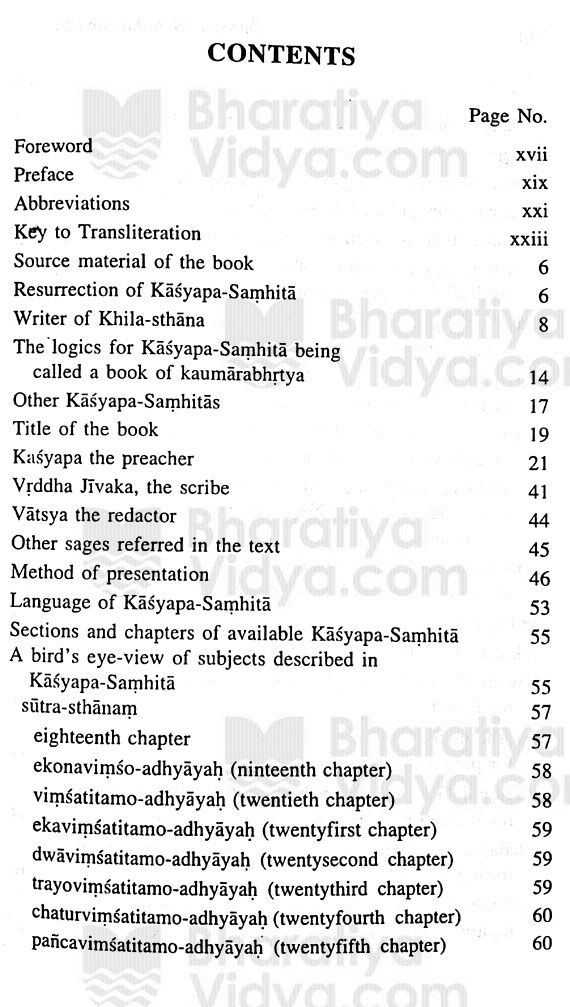
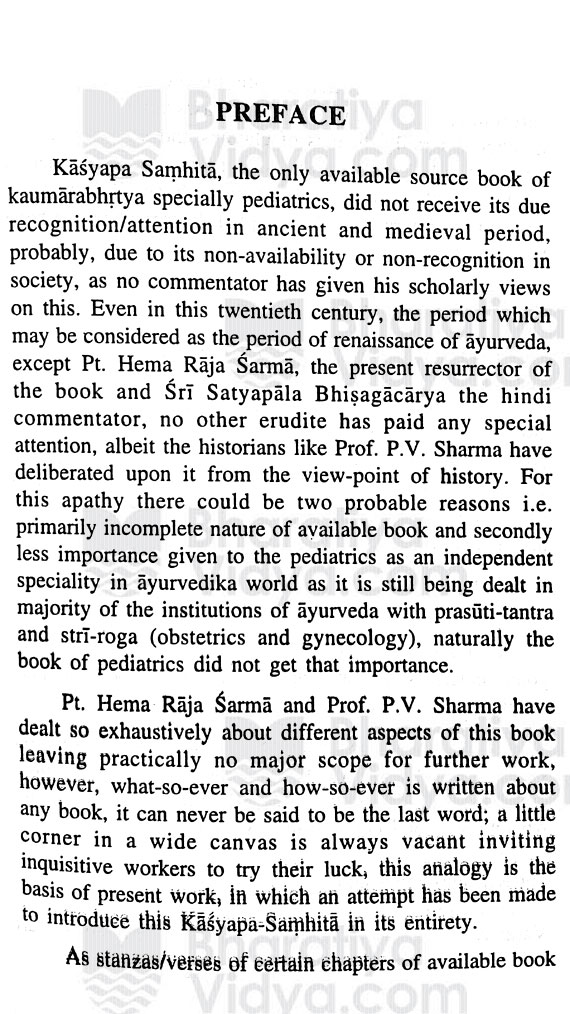
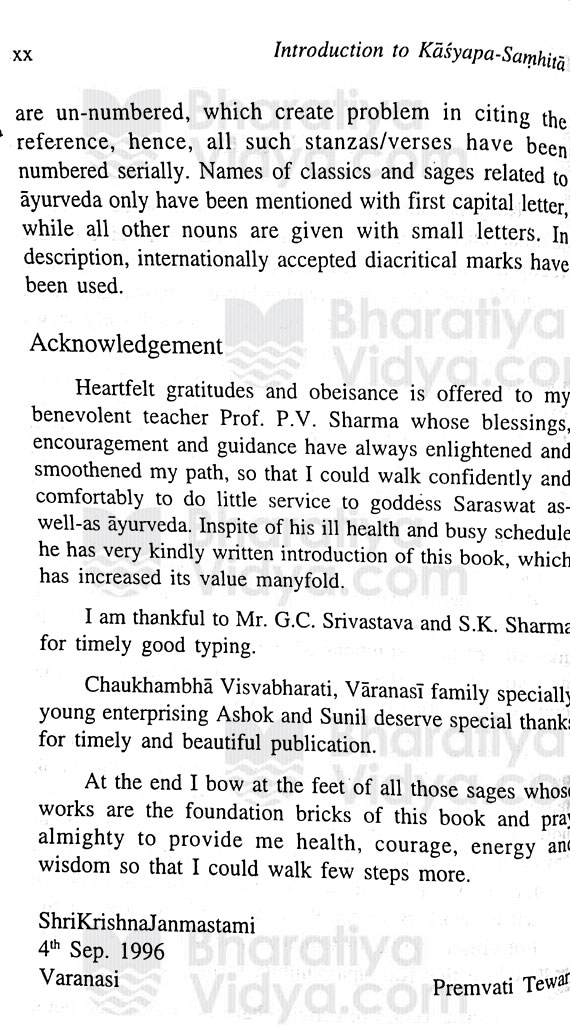


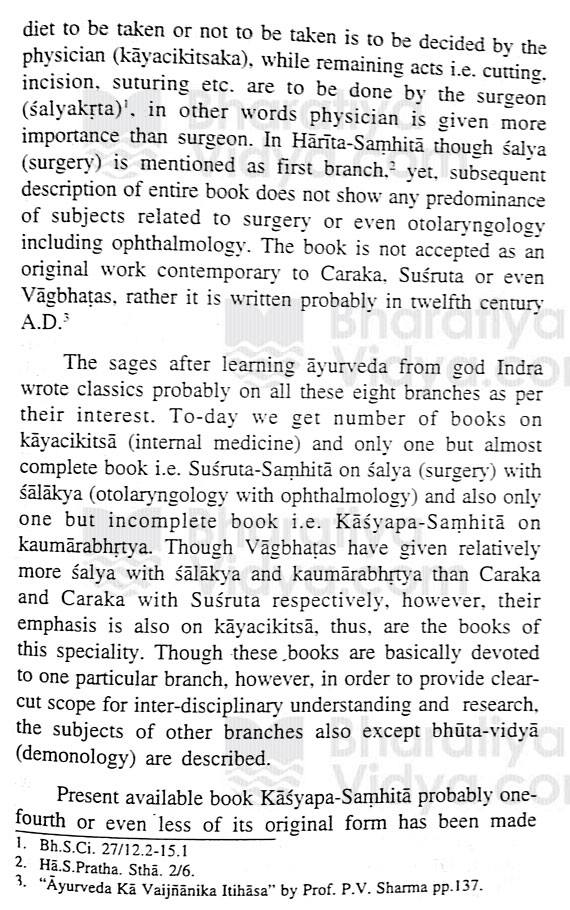

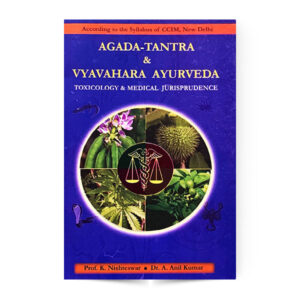
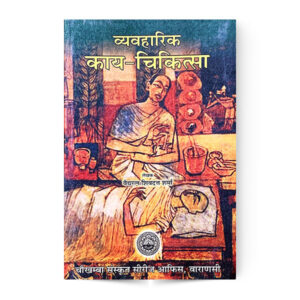
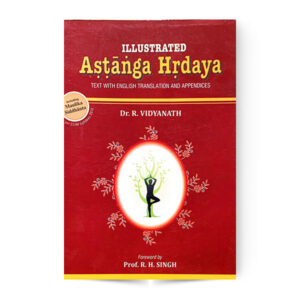
Reviews
There are no reviews yet.